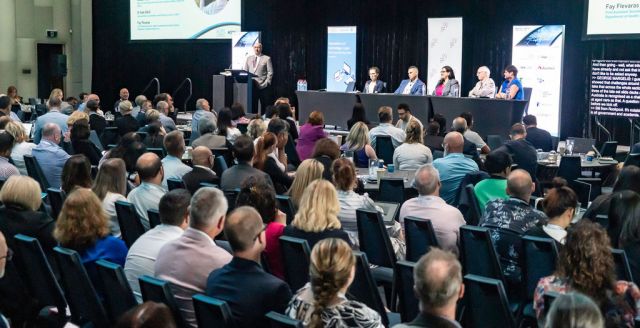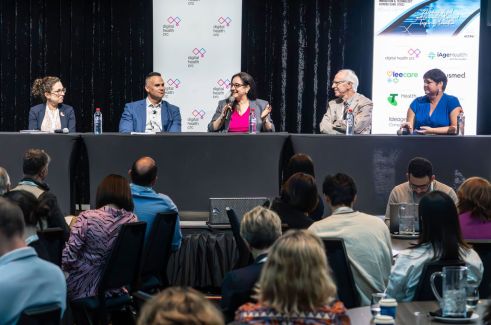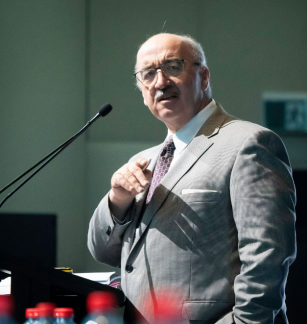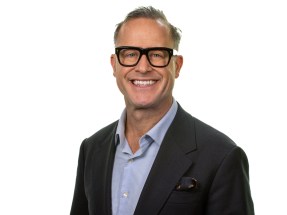Plugging the data gaps
Stakeholders need to agree on a single system that is fit for purpose, delegates at the ITAC conference hear.

Accessing residents’ data is “a nightmare”, delegates were told at an aged care event held on the Gold Coast Tuesday.
“Why isn’t there an integrated profile of that person’s previous history, diagnosis and functional status available to me at the start of a consult?” asked Professor Len Gray – a practicing geriatrician who consults with aged care residents.
Professor Gray – of the University of Queensland’s Centre for Health Services Research Faculty of Medicine – told delegates attending the Innovation & Technology Across Care conference that if a facility had a profiling tool available to GPs, clinicians and geriatricians “that would be wonderful”.

During a panel discussion on data sharing in a packed hall of the RACV Royal Pines Resort, Professor Gray said he often had no idea of a resident’s history. “What were they like before they entered the facility? Most of the staff haven’t got a clue and there is nothing in the records.”
Professor Gray said he worked with a provider which sourced data from multiple software systems that don’t talk to each other. “It’s a huge problem.”
He told the 500-or so delegates – a mix of aged care executives, academics, IT experts, and government officials – that, when it came to data sharing, the sector had “a long, long, way to go.” While acknowledging there was some sort of a strategy in place, Professor Gray said: “All of these things should be already done.”

When asked by moderator George Margelis – chair of the Aged Care Industry Information Technology Council, which is hosting the two-day conference – whether the data gaps are due to a cultural issue or a lack of tools, Professor Gray replied: “It’s everything. I think we all agree what needs to be done – someone here must be able to explain why it isn’t done.”
Also on the panel was Fay Flevaras, first assistant secretary of the Digital Transformation and Delivery Division of the Department of Health and Aged Care. The problem, she told delegates, was that the aged care sector “is a very fragmented space”.
When it comes to personal data, trust is also an issue, she said. “We’re talking about real people here. Even if you want to ask them a whole lot of questions, they’re not going to sit there and answer … trying to figure out that human element, I think, is where we start.”
Speaking the same digital language to interoperate is a must-have
Fay Flevaras
However, Ms Flevaras admitted that compared to the healthcare sector, aged care was “far behind” when it came to data sharing. As a result, the sector will undergo a “big leap of change” to get where it needs to be and align with what people experience in their everyday lives. “Like what Netflix does and what Facebook does. It may not be the elderly Australian; it might be their family or friend or advocate who is looking after them – they want that easy experience.”
She added: “We all know that speaking the same digital language to interoperate is a must-have.”
Louise York – community services head at the Australian Institute of Health and Welfare – said the national statistical agency was working to understand how the aged care data systems worked and the outcomes they achieved for people so as “to make sure that data continually improves and that the data collected is as meaningful as possible.”
She said the AIHW had, over the years, learned from a range of data systems with the goal of developing a common standard. “Disability, aged care. Areas like child protection; things like cancer survival rates.”
Josh Malden – assistant secretary of ICT strategy and business assurance at the Department of Health and Aged Care – said stakeholders were still on a journey with data. “We need to continue to work together as partners to land in the ideal spot.”
Kate Ebrill – who works with the CSIRO’s Australian e-Health Research Centre – agreed that stakeholders needed to come together and agree on a single solution. “We have all those perspectives in the room together – government, academia, industry and consumers, healthcare providers, and clinicians – because that’s the only way we’re going to agree on something that is fit for purpose. And it has to work for all of us – if it only works for one of us, then it’s broken.”
Comment on the story below. Follow Australian Ageing Agenda on Facebook, X (Twitter) and LinkedIn, sign up to our twice-weekly newsletter and subscribe to AAA magazine for the complete aged care picture.



